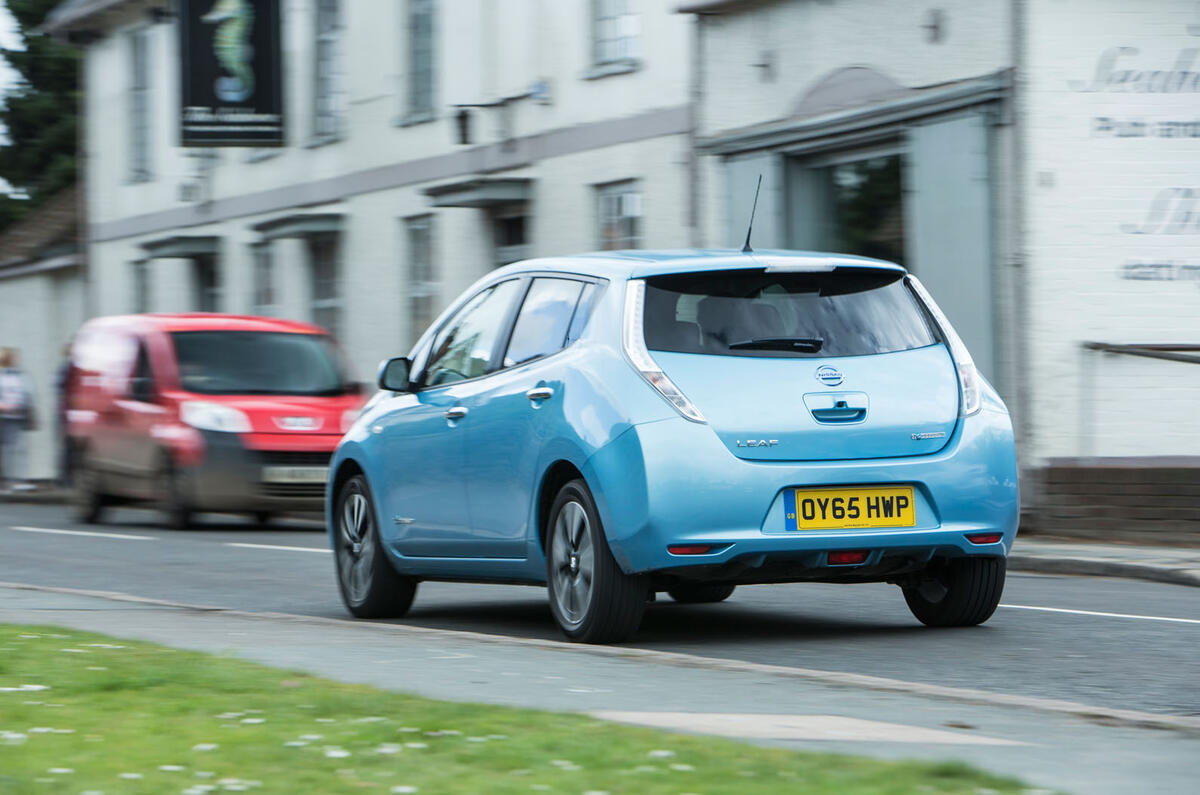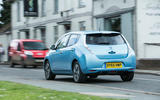Nearly all of my 2000 Nissan Leaf miles have come so far from shortish, sub-100-mile journeys, well within our new 30kWh car’s realistic range of about 110 miles.
It has been easy: there are cosseting semi-fast chargers at home in the Cotswolds, at my weekday London base and at the office in Twickenham. The Nissan has been universally useful, refined and enjoyable.
However, I’ve been secretly berating myself for not manning up and attempting The Big One, whereby you lay an elementary plan then set a course for the far horizon, trusting the facilities on the way and when you get there.
The chance came a couple of days ago. I had an appointment in Sheffield in the late morning and some more business back in London in the evening. That meant I could leave fairly early and learn lessons from the 170-mile outward trip, applying them on the way back.
At first I was cautious, drifting carefully up through London to the base of the M1 then cruising at 60mph (the speed I’d learned was efficient from talking to other Leaf owners) thereafter. Most of the time I tried to tuck in behind one of those 58mph trucks — which allowed me to cruise with two blobs of power on the display that shows how much you’re drawing from the battery, rather than three. It worked; on a still, sunny day, the distance I’d travelled and the distance to go added up to 130 miles, which seemed like plenty.
But it was boring, so I developed a better technique. Driving the Leaf enhances your awareness of gradients, so on gentle downward slopes I’d emerge from behind my friendly truck and tickle it up to around 70mph. Then on the next up-slope I’d find another helpful HGV and go back to two blobs. Lesson one: gather speed and cut time by going fast downhill.
At 80 miles I stopped to recharge, not so much from need but boredom, the Ecotricity recharging ‘bowser’ (easy to use and, in my experience, reliable) showing I still had 38% to run. Within 20 minutes we were back to 83%, but the last 15% — I gave up at 98% — took as long again. Lesson two: don’t bother with the final 15-20% charge on fast chargers; it comes slowly.
We made better time than expected (this often happens; tow a race car over a long distance and you often develop a pleasant rhythm), so I stopped a few miles from Sheffield for another 8% tickle, meaning that when the meeting was over the car was ready for 80-odd miles homeward from the off. And this time I seemed better at picking 65mph high-top vans to sit behind.
I arrived in plenty of time for my 7pm meeting, not at all fatigued (comfy seats) but feeling good because the trip showed we had covered 356 miles for minimal fatigue — and zero expenditure.
Truth is, it was easy. Better still, I won’t feel daunted next time. For the Leaf owner, this is an important threshold to cross.

















Join the debate
Add your comment
Charging Strategy
Grabbed me, too
It would seem that getting enough reliable charging points is a real necessity whilst waiting for battery technology to give 3-400 mile range or even quickly replaceable batteries at filling stations.
I often drive in a similar